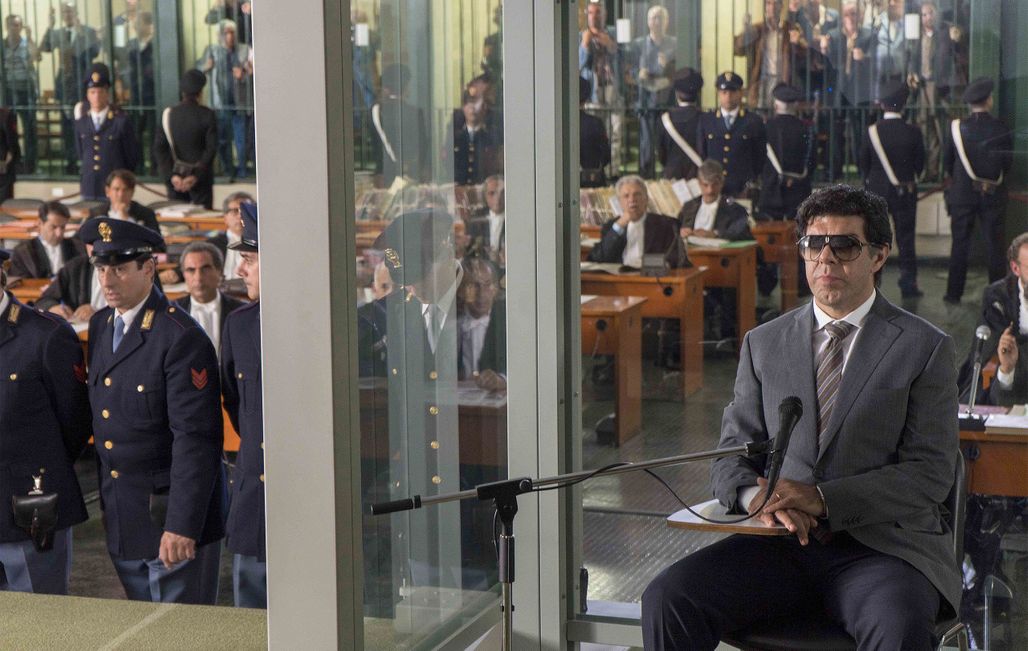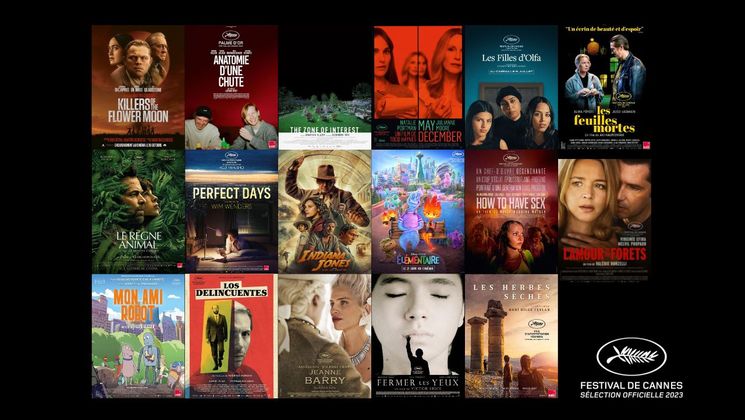
Marco Bellocchio in the footsteps of a mafia informer

Sixteen years after Buongiorno, Notte (Good Morning, Night) the Italian filmmaker explores another seminal episode in the history of his country with Il Traditore (The Traitor), the portrait of Tommaso Buscetta, the first major mafia informer.
Ever since I pugni in tasca (Fists in the Pocket), his first feature film from 1965, the work of Marco Bellocchio has continuously been shaped by his contact with prominent dissenters engaged in hard-fought battles against conformity and bourgeois morality.
Family, social classes, power, the Church, the press and even the army: the Italian filmmaker rises up, film after film, against all forms of political and social oppression, often with a forceful militancy. In terms of its form, his cinema was, at the same time, less inquisitive and, internalized, communicating its always vehement intentions in a more symbolic manner, in an expressionist style, in which light plays a preponderant role.
For his twenty-sixth feature film, Marco Bellocchio once again takes an interest in one of these rebel-heroes whose battles he has often evoked in the past: Tommaso Buscetta, played by Pierfrancesco Favino, a former Cosa Nostra boss who was also the first major Italian mafia informer.
Il Traditore (The Traitor) recounts the escape and arrest of this man, whose confessions to the famous Italian Judge Falcone on the structure of “La Piovra” (The Octopus), the Cosa Nostra’s nickname, led to the arrest of numerous bosses from within this criminal organization. His testimony changed the relationship between Italy and the Cosa Nostra.
“Betrayal can sometimes be a truly heroic act,” the director stresses while explaining his interest in Tommaso Buscetta, whose confession broke the oath he made to the Mafia. Marco Bellocchio explains that he conceived Il Traditore (The Traitor), which was shot in Italy, the United States and Brazil, as a film about “social denunciation”, without rhetoric or ideology, in which the characters are on display for the audience.


